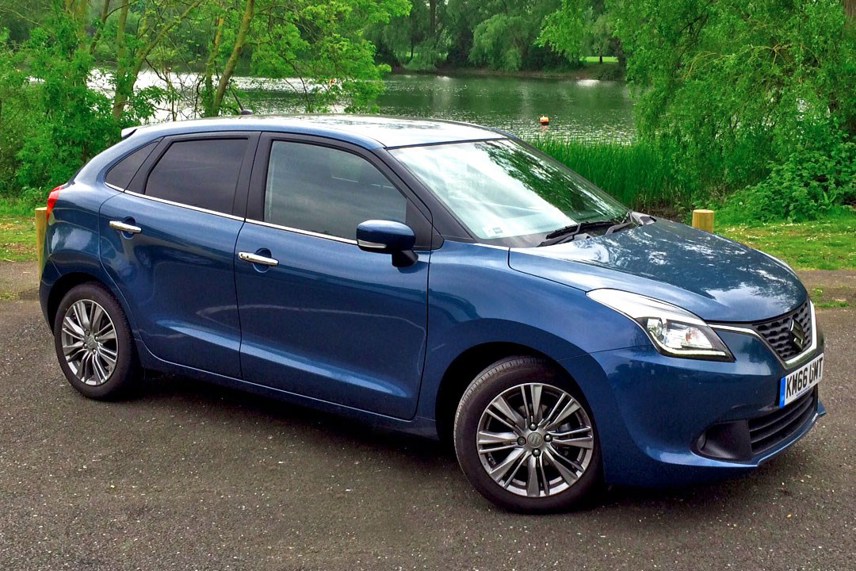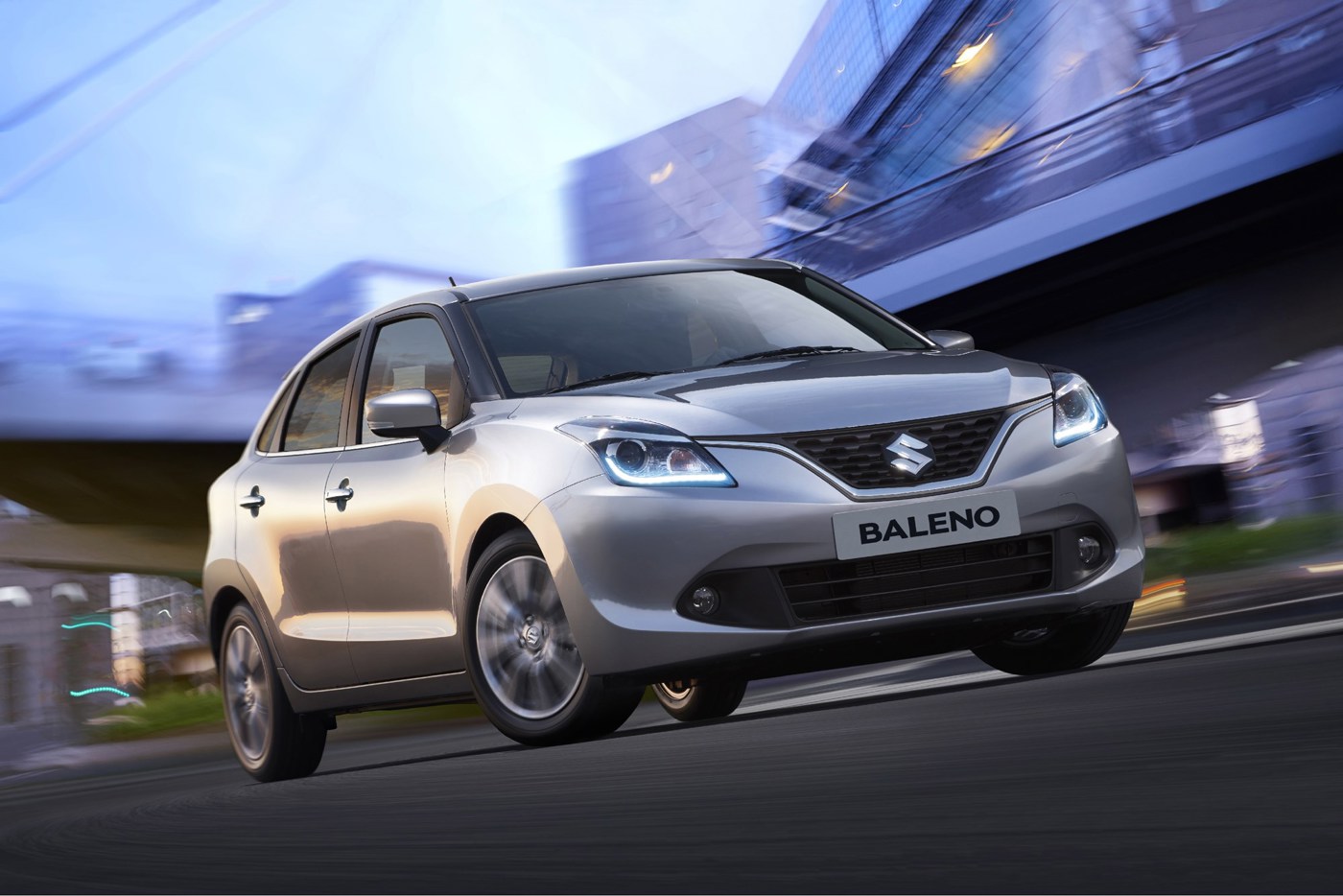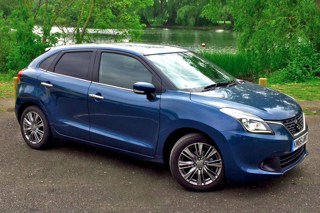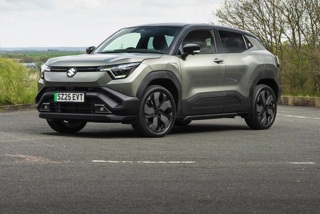Review
The Baleno was only available to AM for a short sprint, and after two previous write-ups this final one sees us saying goodbye three months after we took delivery.
I took the opportunity to contact the Suzuki UK press office to gain some statistical insight on the Baleno’s performance to date and how the brand saw the car’s ability to compete in the busy small car segment.
The car was launched in June 2016 and the sales volume to the end of May was 2,990 units in total, with 1,320 registered so far this year, won from the Škoda Fabia, Hyundai i20, Vauxhall Corsa and Citroën C3, identified by Suzuki as the Baleno’s key competitors.
The model taking most of those sales is the SZ-T.
It was given a head start by being one of two models available at launch (alongside the SZ5). They have since been joined by the SZ3.
The fact that all models are fitted with air conditioning, DAB radio, Bluetooth and six airbags as standard, that CO2 emissions start at 98g/km, and that the Baleno offers five seats and a larger boot than many competitors from £11,999, equips showroom sales staff with powerful arguments to win over customers.
Suzuki supports these efforts with finance offers at 5.9%, with a £750 saving on all models.
“Baleno is included in our three years’ road fund licence offer, competitive finance offers will continue, plus there is the Boosterjet turbo 1.0-litre engine and a ‘mild’ hybrid option for even better fuel economy,” said a Suzuki spokesman, summarising the factors that will maintain the Baleno’s appeal.
Jeremy has been a journalist for 30 years, 20 of which have been in business-to-business automotive.
He was a writer and news editor on AM-sister brand Fleet News for three years before setting up the AM website.
For the last seven years he has been Bauer B2B’s head of digital helping to manage the digital assets of Fleet News, together with AM and RAIL.
In 2025 he was an Association of Online Publishers awards judge.


Factsheet
Factsheet
Price: £16,349 + £485 for Ray Blue metallic paint
Engine: 1.0-litre Boosterjet
Performance: 0-62mph 11 secs, top speed 118mph
Transmission: 6sp auto
Fuel efficiency: 57.6mpg
Emissions: 109g/km CO2
Start mileage: 1,510
Current mileage: 2,663



















Login to comment
Comments
No comments have been made yet.